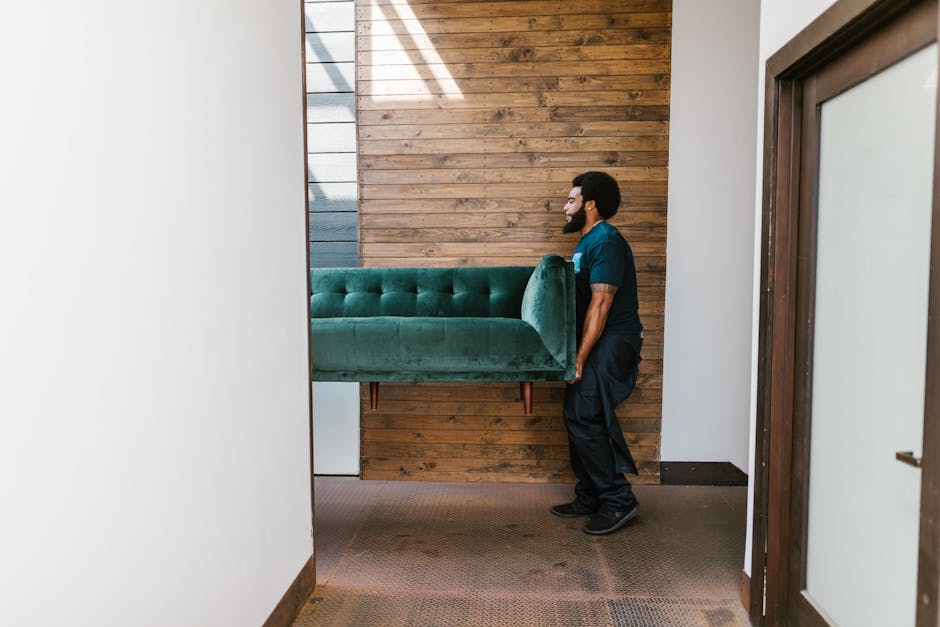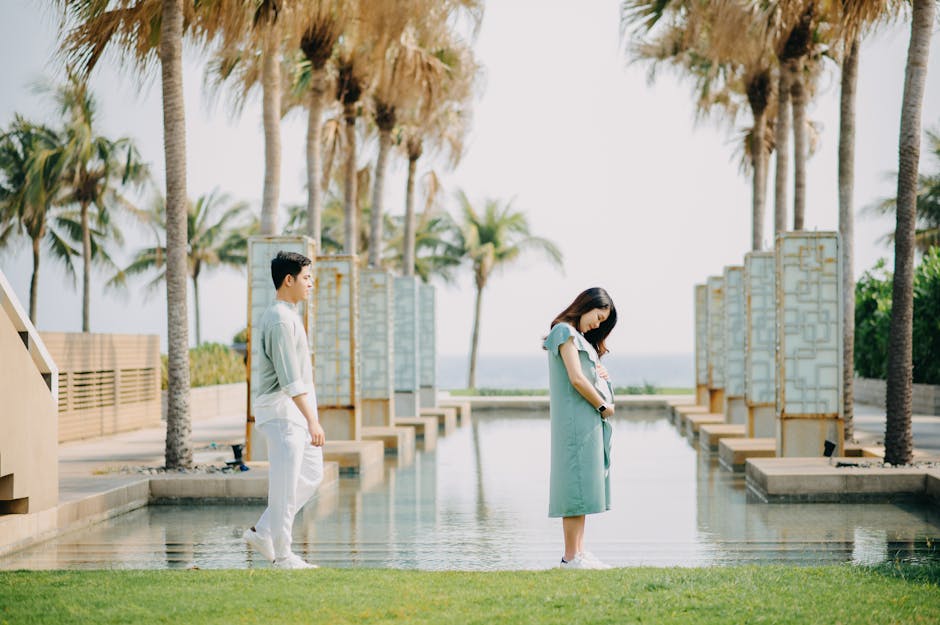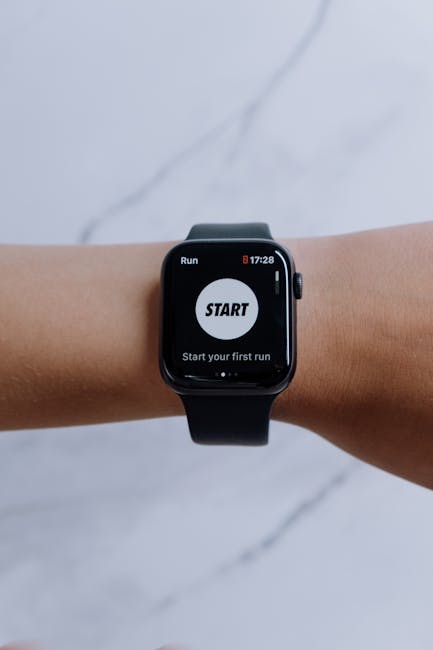
Mobile Photography Lighting Tips
Mobile Photography Lighting Tips: Mastering Light for Stunning Smartphone Shots
In the world of mobile photography, lighting is everything. Unlike professional cameras, smartphones have smaller sensors that rely heavily on good lighting to produce sharp, vibrant images. Whether you’re capturing portraits, landscapes, or everyday moments, understanding how to manipulate light can elevate your photos from ordinary to extraordinary. Here are essential lighting tips to help you make the most of your smartphone camera.
1. Embrace Natural Light
The sun is the most powerful and flattering light source available. For soft, even lighting, shoot during the golden hours—shortly after sunrise or before sunset. The warm, diffused light during these times reduces harsh shadows and adds a beautiful glow to your subjects. Avoid midday sun when the light is harsh and creates unflattering contrasts. If you must shoot in bright sunlight, seek shade or use a diffuser (even a thin white cloth can work) to soften the light.
2. Avoid Direct Flash
Built-in smartphone flashes often produce unflattering, harsh lighting that washes out colors and creates sharp shadows. Instead, rely on ambient light or use external LED lights designed for mobile photography. If you must use flash in low light, try diffusing it with a piece of tissue paper or a specialized flash diffuser to soften the effect.
3. Experiment with Backlighting
Backlighting—where the primary light source is behind your subject—can create dramatic silhouettes or ethereal glow effects. For portraits, position your subject in front of a window or sunset, then adjust exposure manually (tap and hold on your smartphone screen to lock exposure) to avoid underexposing the face. Alternatively, use reflectors (a white sheet or foil-covered board works) to bounce light back onto your subject.
4. Use Artificial Light Wisely
When shooting indoors, avoid relying solely on overhead lights, which can cast unflattering shadows. Instead, position your subject near a window or use a portable LED ring light for even illumination. Warm white bulbs (around 3000K) create a cozy ambiance, while daylight bulbs (5000K–6000K) provide a crisp, natural look.
5. Play with Shadows and Reflections
Light isn’t just about brightness—shadows add depth and mood to your photos. Experiment with side lighting to create interesting textures, or use reflective surfaces (water, mirrors, glass) to double your light sources creatively.
6. Adjust White Balance Manually
Different light sources cast different color temperatures, leading to unnatural hues in your photos. Most smartphones allow manual white balance adjustments—look for the “WB” setting and choose the appropriate preset (e.g., daylight, cloudy, tungsten) or fine-tune it for accurate colors.
7. Edit for Perfection
Even well-lit photos can benefit from subtle edits. Use apps like Lightroom or Snapseed to adjust exposure, highlights, and shadows. Boosting shadows slightly can recover details in darker areas without losing the natural feel of the image.
Final Thoughts
Mastering mobile photography lighting takes practice, but once you understand how light behaves, you’ll capture stunning images in any condition. Keep experimenting, observe how light changes throughout the day, and soon, you’ll develop an instinct for perfect lighting in every shot.
Happy shooting! 📸✨







